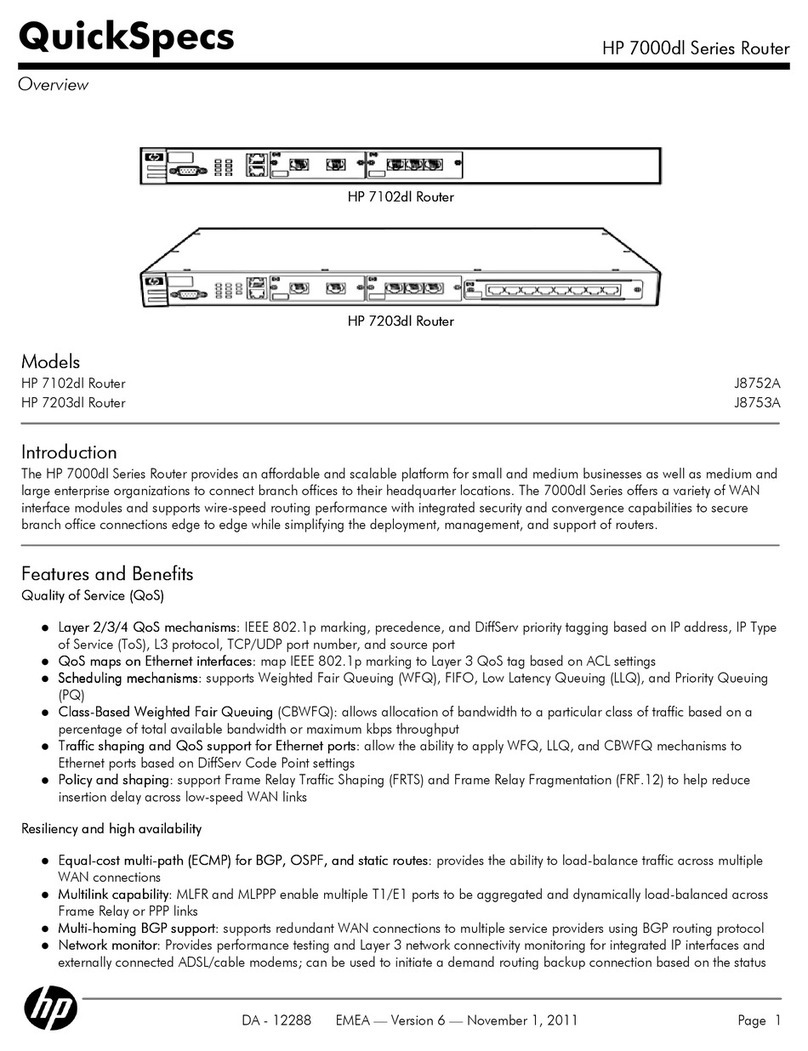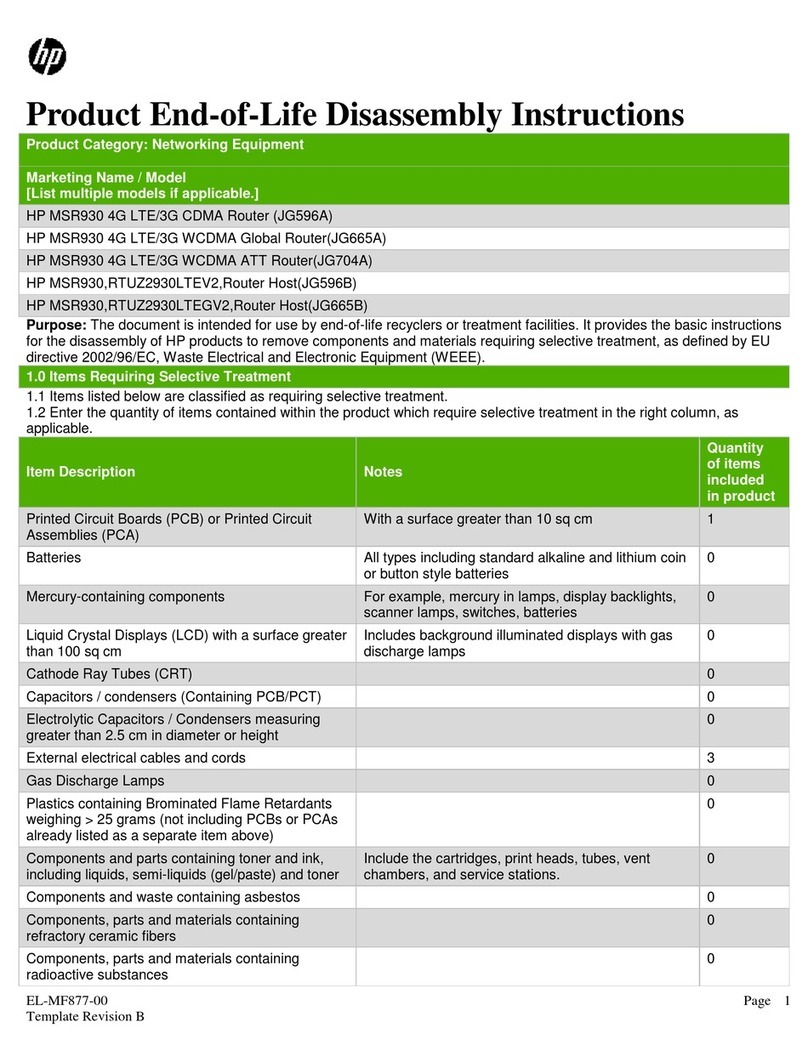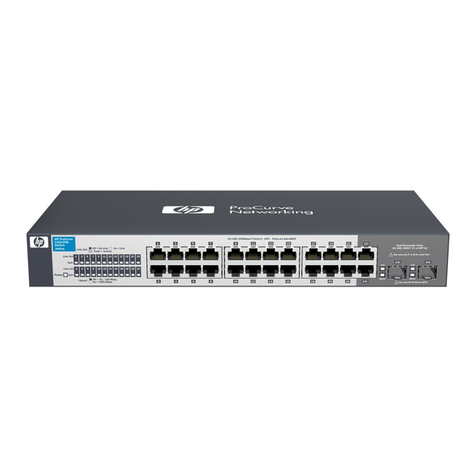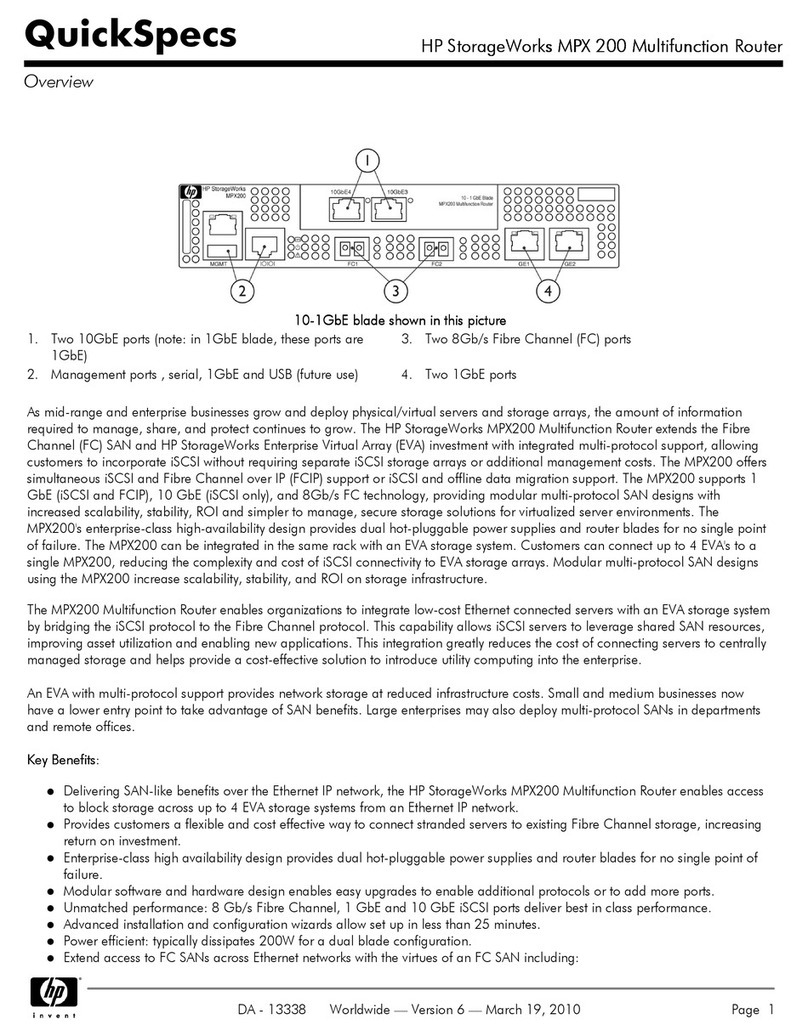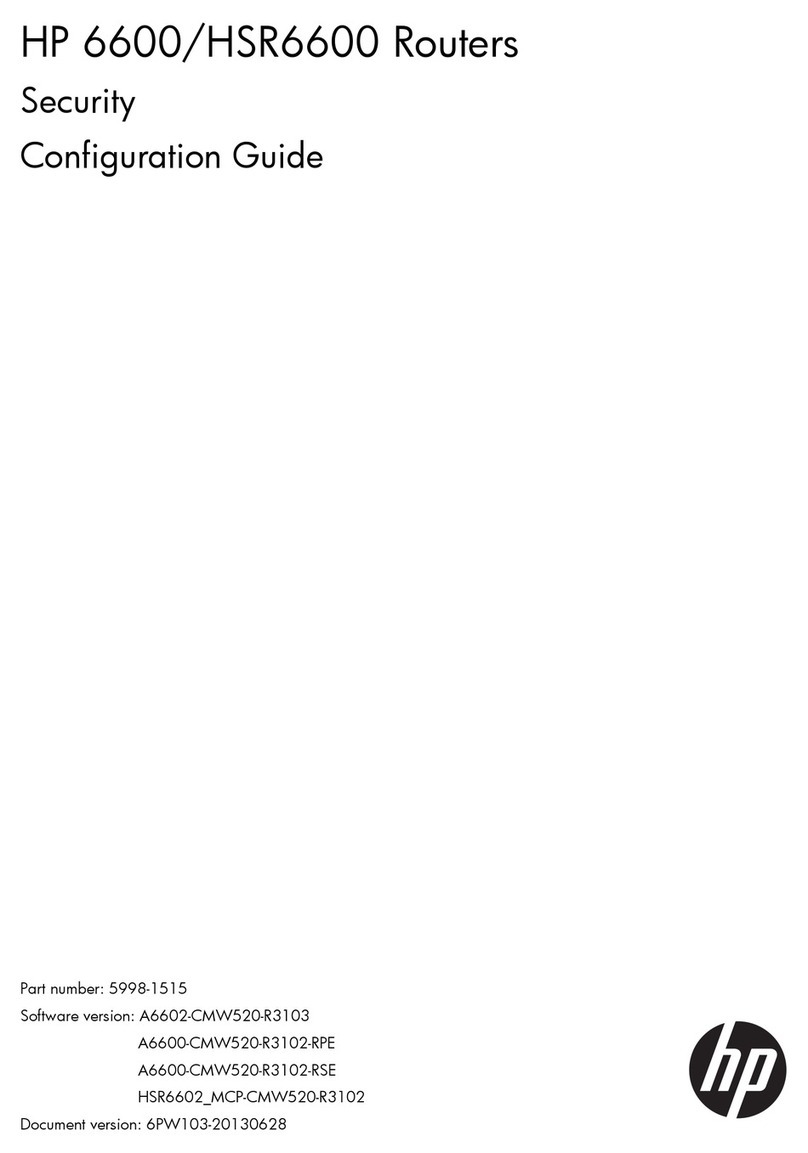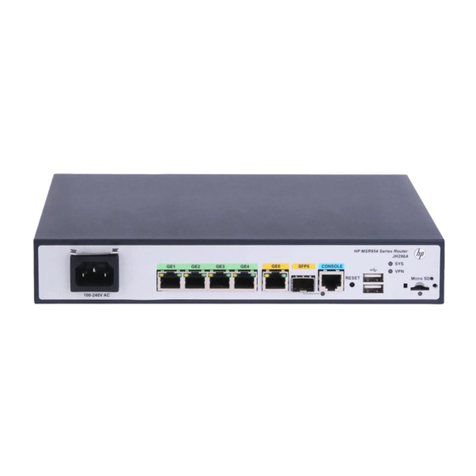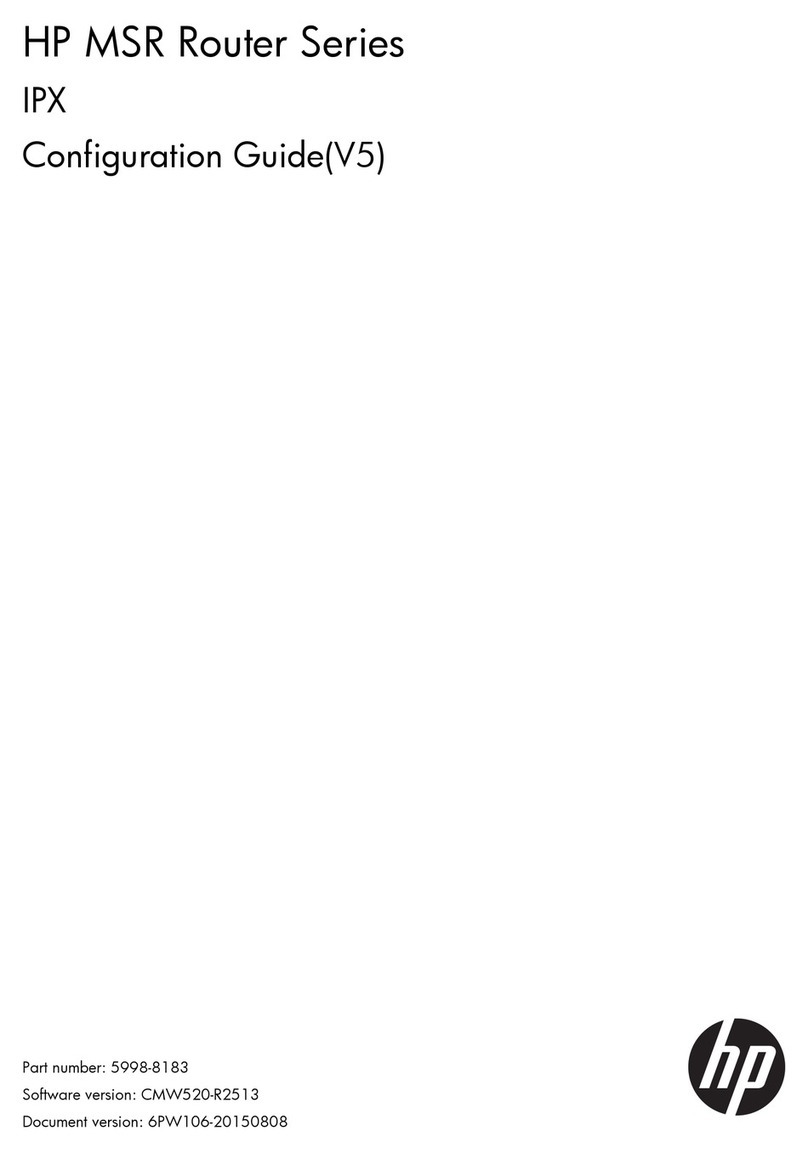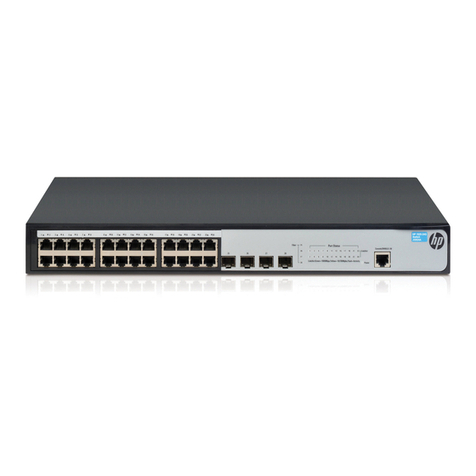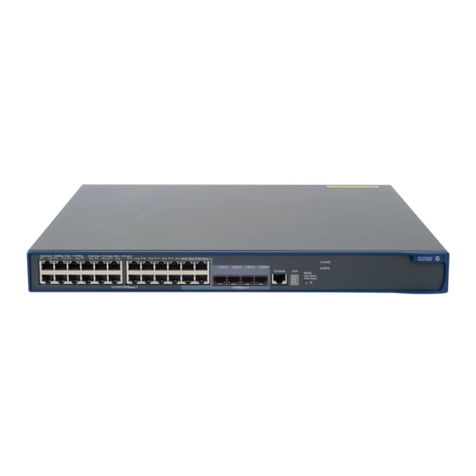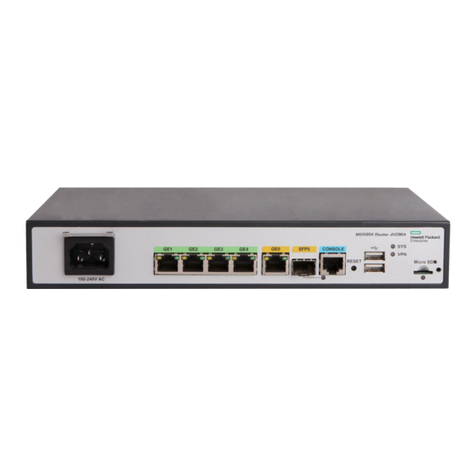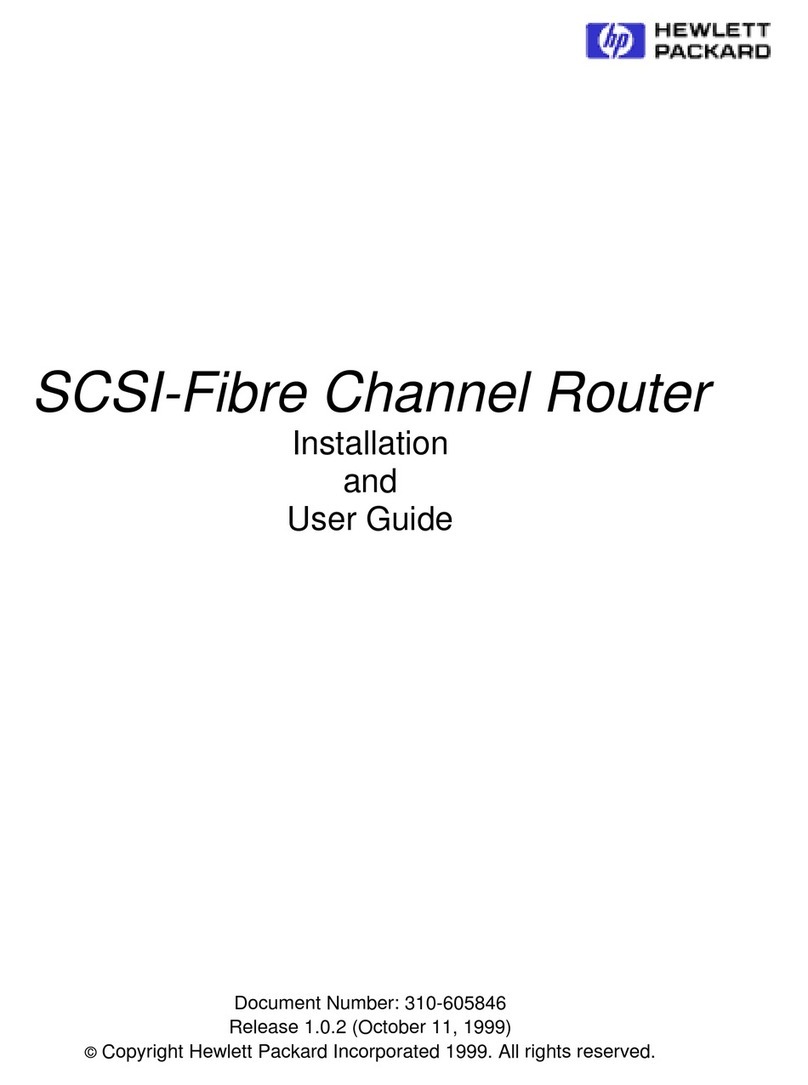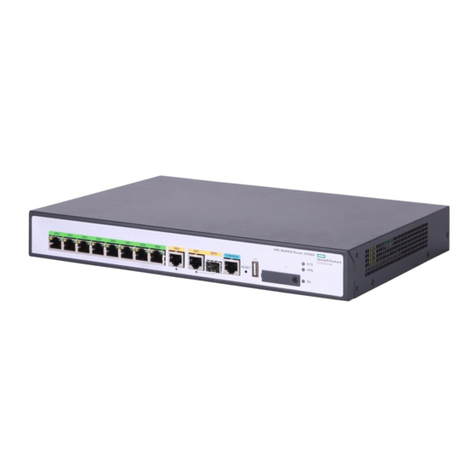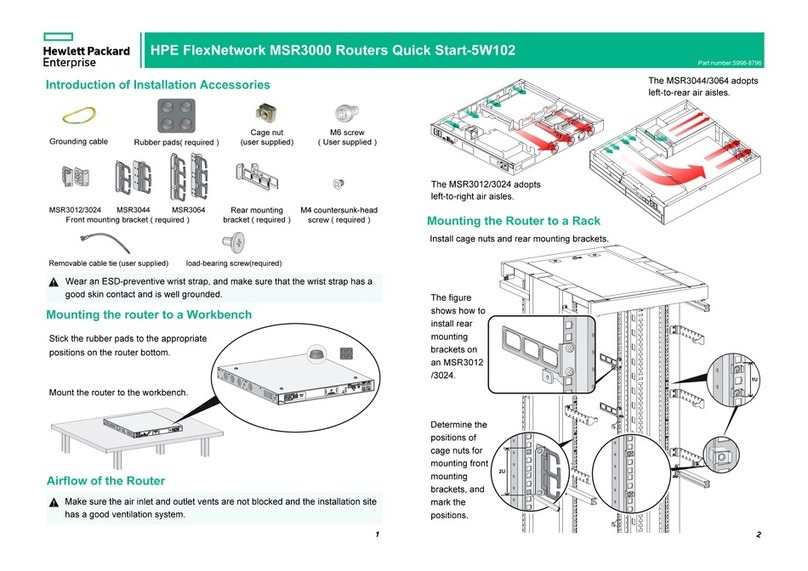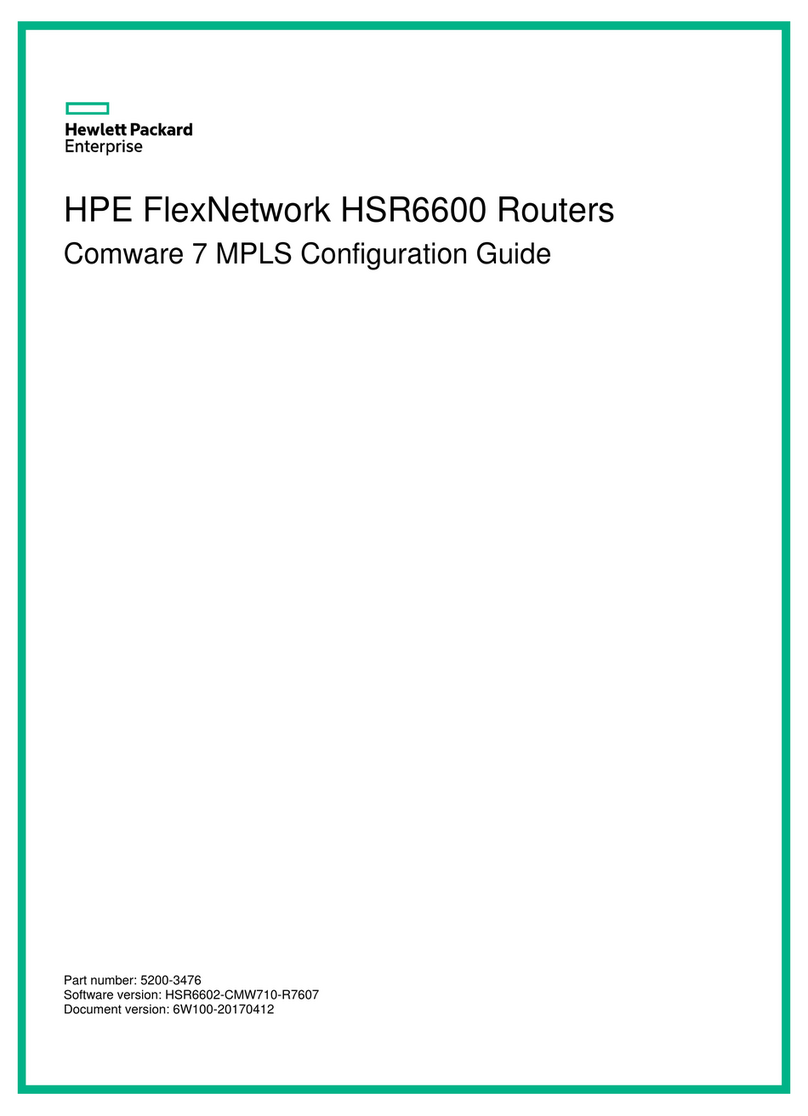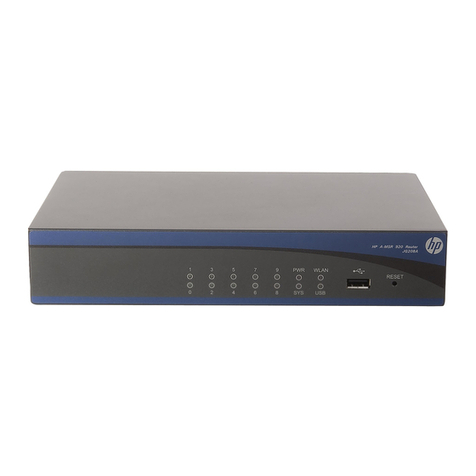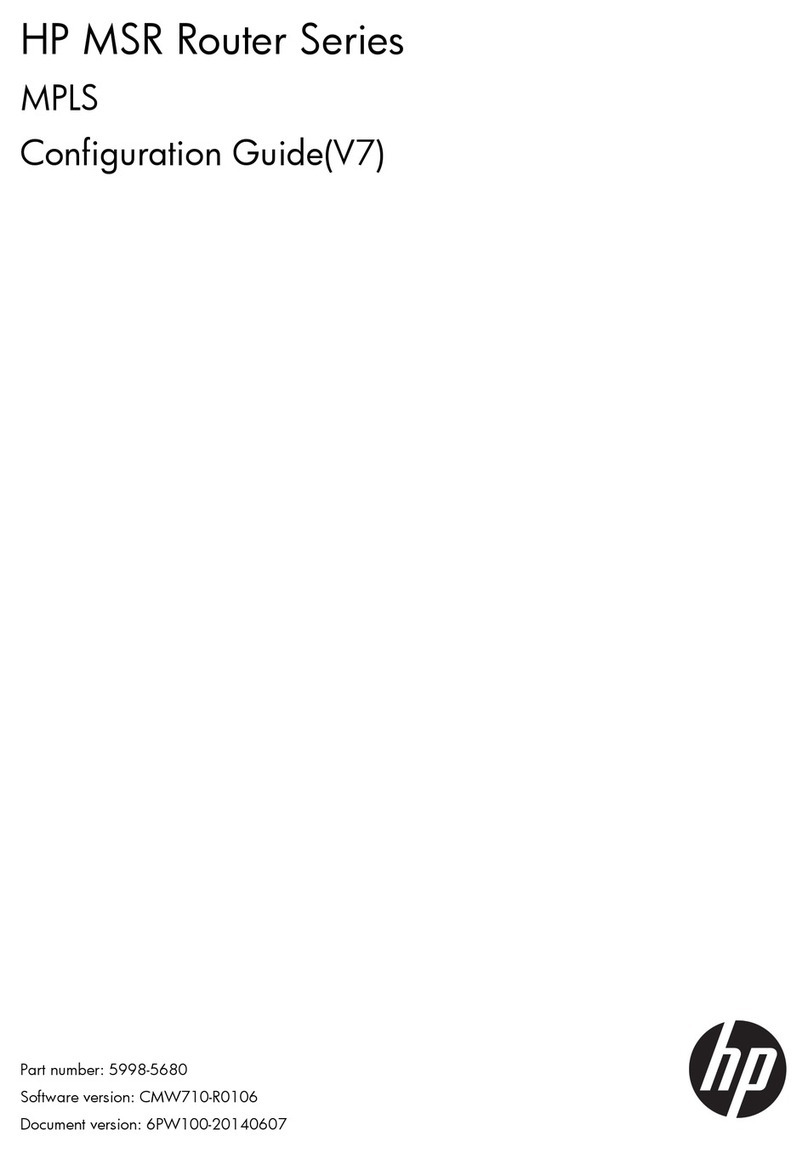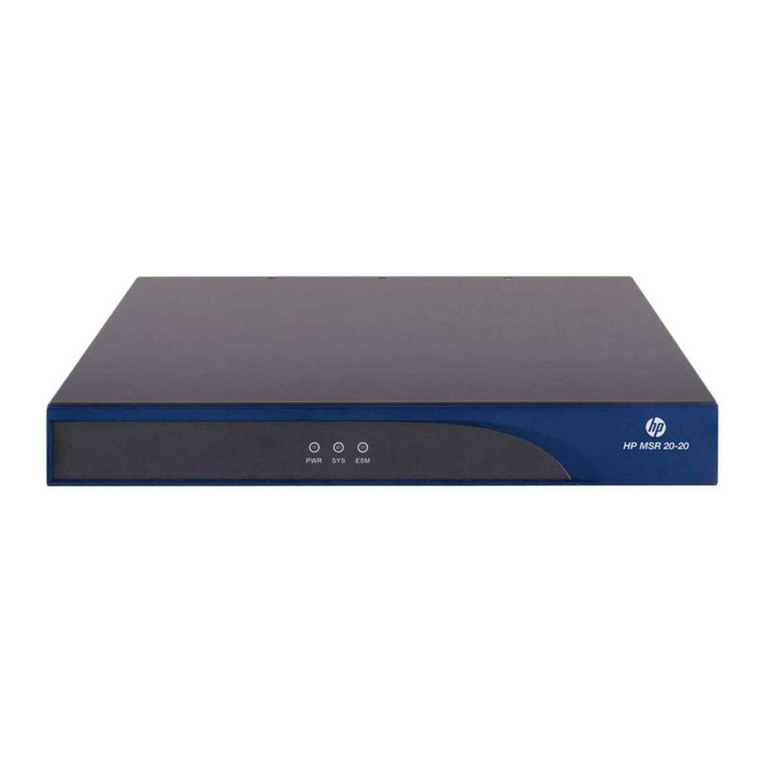
i
Contents
Configuring TRILL·························································································································································· 1
Overview············································································································································································1
Basic concepts ··························································································································································1
TRILL frame formats···················································································································································1
How TRILL works·······················································································································································3
TRILL forwarding mechanisms ·································································································································3
Protocols and standards ··········································································································································5
Configuration restrictions and guidelines·······················································································································5
TRILL configuration task list···············································································································································6
Enabling TRILL····································································································································································6
Configuration restrictions and guidelines ··············································································································6
Configuration procedure ·········································································································································7
Configuring the system ID and nickname for an RB······································································································8
Configuring the link type of a TRILL port·························································································································8
Configuring the DRB priority of a TRILL port···················································································································9
Setting the link cost for a TRILL port·································································································································9
Configuring the announcing VLANs and designated VLAN ····················································································· 10
Configuring TRILL timers ················································································································································ 10
Adjusting LSP parameters·············································································································································· 11
Adjusting the SPF algorithm parameters······················································································································ 13
Configuring the TRILL unicast equal-cost routes··········································································································· 13
Configuring TRILL distribution trees ······························································································································ 13
Enabling logging of TRILL neighbor changes·············································································································· 14
Configuring SNMP for TRILL·········································································································································· 15
Configuring TRILL GR ····················································································································································· 15
Displaying and maintaining TRILL································································································································· 16
TRILL configuration example·········································································································································· 17
Network requirements··········································································································································· 17
Configuration procedure ······································································································································ 17
Verifying the configuration··································································································································· 19
Support and other resources ·····································································································································21
Contacting HP ································································································································································ 21
Subscription service ·············································································································································· 21
Related information························································································································································ 21
Documents······························································································································································ 21
Websites································································································································································· 21
Conventions ···································································································································································· 22
Index ···········································································································································································24
